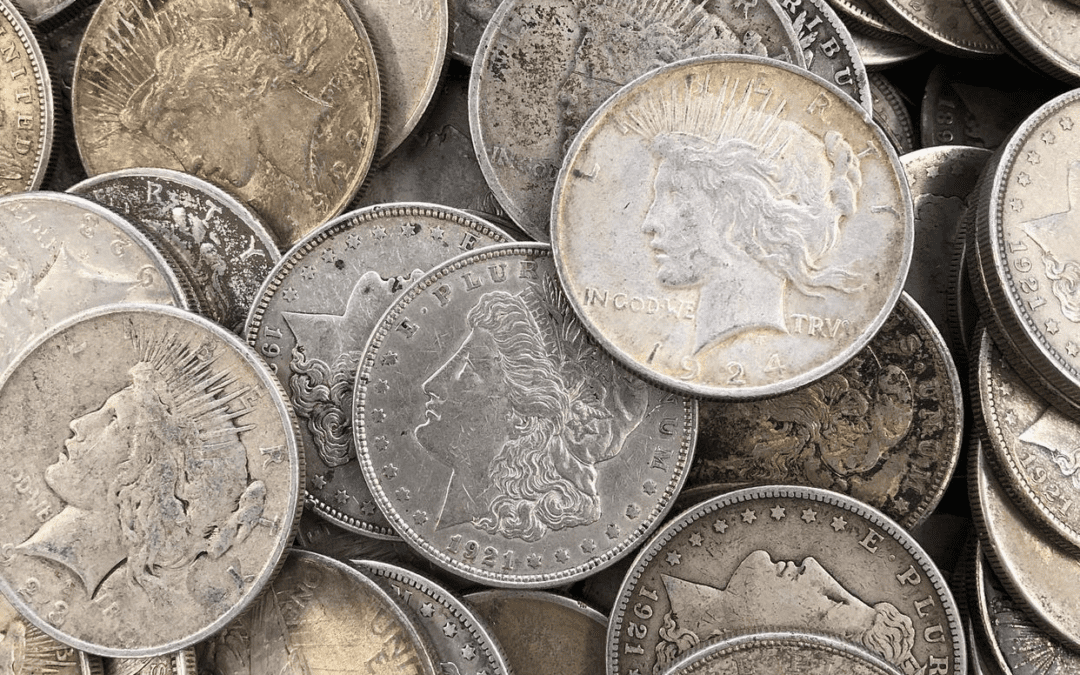- PATRICK A. HELLER
- MAR 24, 2022
Last week, the U.S. Mint announced that it would not strike 2022-dated Morgan and Peace silver dollars as it was experiencing difficulty in coming up with an adequate supply of the silver planchets.
This month, the wholesale and retail prices of the bullion issue U.S. silver Eagle dollars have also increased relative to the commodity market silver spot prices. Again, the U.S. Mint is being blamed for not providing as many coins “in qualities and quantities that the Secretary determines are sufficient to meet public demand” (text from 31 U.S. Code § 5112(e)).
As I discussed in my March 18, 2021, column, the U.S. Mint has greater difficulty procuring sufficient silver supplies to meet public demand because it is constrained in how much it can pay for the physical silver.
To acquire silver to strike silver Eagles, 31 U.S. Code § 5112(f)(1), requires that, “the Secretary shall sell the coins minted under subsection (e) [silver Eagles] to the public at a price equal to the market value of the bullion at the time of the sale, plus cost of minting, marketing, and distributing such coins (including labor, materials, dies, use of machinery, and promotional and overhead expenses).” (Emphasis added.)
To repeat from my column last March, other statutes prohibit the U.S. Mint from offering to pay prices higher than established by the paper market spot prices.
31 U.S. Code § 5116(a)(3) states in part, “The Secretary shall pay not more than the average world price for the gold.”
31 U.S. Code § 5116(b)(2) states in part, “The Secretary shall not pay more than the average world price for silver under any circumstances. As used in this paragraph, the term ‘average world price’ means the priced determined by a widely recognized commodity exchange at the time the silver is obtained by the Secretary.”
The “widely recognized commodity exchange” spot price that the U.S. Mint uses to purchase and sell silver (and also gold) is the London Bullion Market Association, the world’s largest commodity exchange for these metals.
Effectively, the U.S. Mint is prevented from complying with one statutory requirement to produce silver American Eagles sufficient to meet public demand by another statutory requirement that prohibits it from paying a price higher than the paper market spot price.
Until and unless the statutes are changed to allow the U.S. Mint to purchase physical silver at prices above the paper market spot prices, it will have continuing difficulty in acquiring sufficient metal to meet public demand.
Other private and government minting operations are able to acquire silver at prices above the commodity market spot prices ““ and they are doing so! Therefore, they are more likely to obtain the silver they need because they are paying higher prices than the limit imposed on what the U.S. Mint can pay.
The U.S. Mint’s problem of obtaining sufficient silver to meet public demand could be cured by changing the law to give the Mint greater price flexibility. I doubt that would ever be considered. The federal government has a strong interest in holding down silver (and gold) prices as a major tactic to minimize the interest rate it pays on its $30 trillion of debt. This concern would almost certainly override any consideration of allowing the U.S. Mint the flexibility to acquire sufficient silver.
So long as the market price for physical silver remains consistently higher than the paper commodity contract price, the U.S. Mint is going to continue experiencing difficulty in obtaining sufficient silver.


Recent Comments